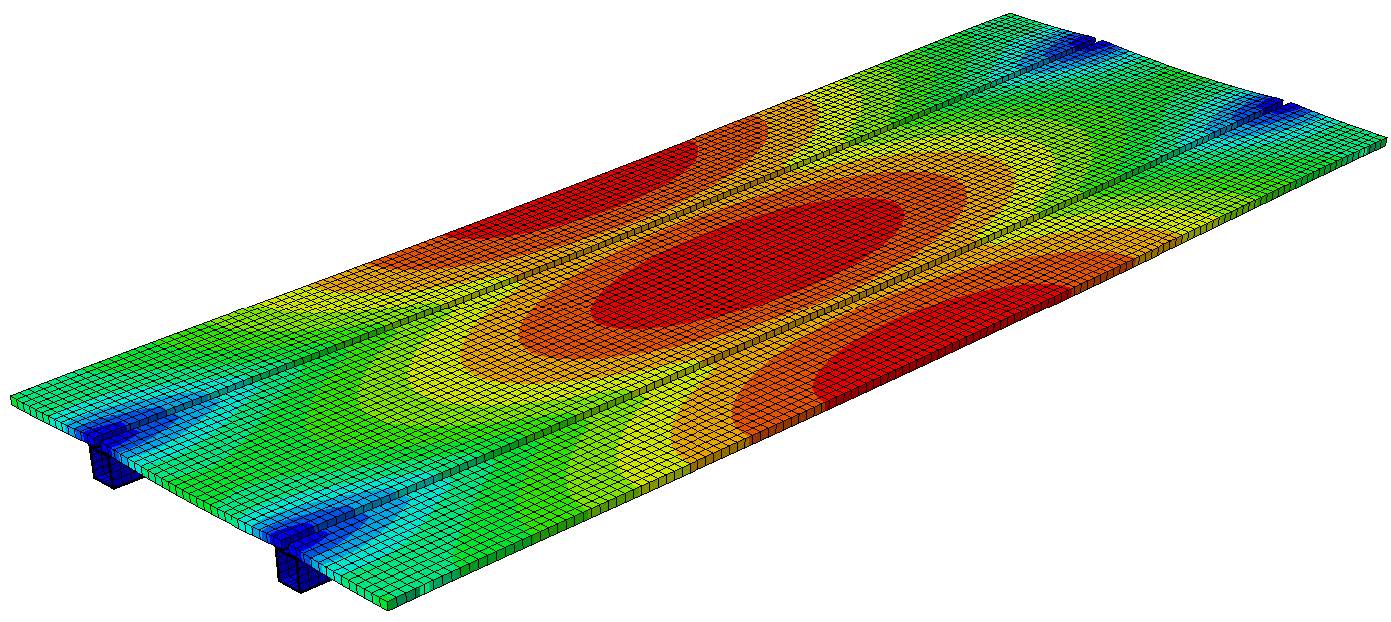Rapid Safety Assement and Experimental Derivation of Damage Indexes for In-Service Glass Slabs
DOI:
https://doi.org/10.47982/cgc.8.403Downloads

Abstract
The mechanical performance of pedestrian structures attracts the attention of several studies, especially with respect to unfavourable operational conditions or possible damage scenarios. In terms of vibrations, for example, specific customer comfort levels must be satisfied, depending on the class of use, the structural typology, the involved materials, in addition to basic safety requirements. A special consideration should be given to in-service systems that are possibly affected by degradation or even damage, and thus potentially unsafe for pedestrians. In this regard, the availability of standardized non-destructive protocols for a reliable and rapid structural safety assessment may result in efficient support for diagnostic analyses. In this paper, 3 different laminated glass (LG) modular units belonging to 2 different indoor in-service pedestrian systems located in Italy are investigated. Operational Modal Analysis (OMA) procedures and dynamic identification techniques are used to quantify the residual capacity of the examined systems, including damage and material degradation, based on a single triaxial Micro Electro-Mechanical System (MEMS) accelerometer. The experimentally derived performance indicators and calibrated mechanical parameters for the examined structural system are assessed towards traditional design procedures, and further quantified with the support of Finite Element (FE) numerical model updating. A comparative analysis is carried out to explore the structural performance and safety levels of in-service LG slabs in regards to vibration comfort, deflection control and stress analysis.
Published
Issue
Section
Design Philosophy & Structural Safety
License
Copyright (c) 2022 Chiara Bedon, Salvatore Noè

This work is licensed under a Creative Commons Attribution 4.0 International License.



